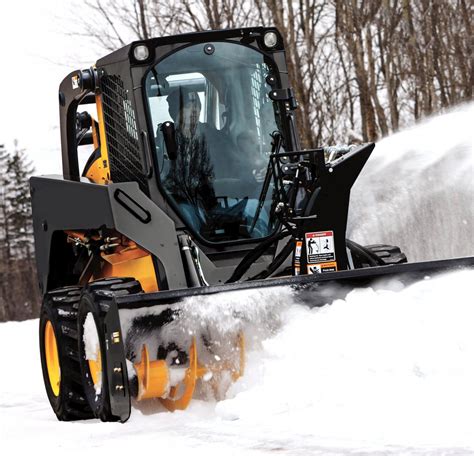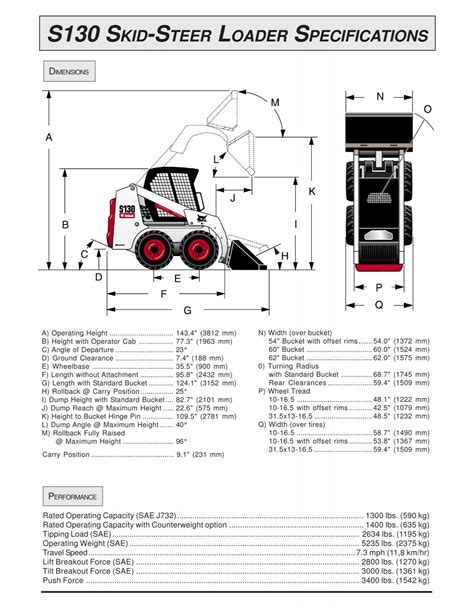skid steer standard flow vs high flow The Cost of High Flow Skid Steer Systems. One major factor in deciding . IMRE GALAMBOS: Orthography of Early Chinese Writing: Evidence from Early Chinese Manuscripts. (Budapest Monographs in East Asian Studies, 1.) viii, 184 pp. Budapest: .
0 · high flow skid steers snow blower
1 · high flow skid steer specifications
2 · high flow skid steer reviews
3 · high flow skid steer models
4 · high flow skid steer couplers
5 · high flow hydraulics vs low
6 · cat 299 skid steer price
7 · best high flow skid steer
Mini excavators range in price from around $4,000 to $60,000+, so it’s important to be aware of your budget before making a purchase. Once you have an idea of what you need and what you’re willing to spend, it’s time to start looking for a mini excavator.Anyone ever bought/used a Chinese mini excavator? $10k for a cabbed 2 ton mini ex seems hard to beat. They have several models including one with heat and air conditioning, and sell some other small equipment like .

Learn the differences between high-flow and standard-flow skid steers and how to choose the best type for your job. High-flow skid steers have more hydraulic power and can operate heavy-duty attachments, while standard-flow skid steers are more efficient and versatile. High flow is the only way to get more of the engines HP to your attachment. Road . The Low-flow is variable from 0-25 GPM and the high flow is set at 41 GPM .
The standard-flow option ranges from 17.6 gallons per minute to 23.6 gallons . The Cost of High Flow Skid Steer Systems. One major factor in deciding . As with standard-flow, it operates on the same pressures (approximately 3,000 .Standard-Flow vs High-Flow Hydraulics. Standard (or "standard-flow") hydraulics refer to the .
Standard-flow auxiliary hydraulics generally range from 10 gallons per minute .
high flow skid steers snow blower
The key difference between high-flow skid steers and standard models lies in the . Learn the differences between high-flow and standard-flow skid steers and how to choose the best type for your job. High-flow skid steers have more hydraulic power and can operate heavy-duty attachments, while standard-flow skid steers are more efficient and versatile. Standard-flow skid steers have between 17 to 25 gpm while high-flow skid steers have hydraulic flow rates anywhere from 30 to 45 gpm. These flow rates directly correlate to the amount of power transferred to their attachments and how efficient they are, so knowing what gpm an attachment requires is crucial to its performance and efficiency. High flow is the only way to get more of the engines HP to your attachment. Road profilers, brush cutters, stump grinders need more power than standard flow can provide. I don't know the figures of how much HP standard flow generally has available, but High Flow has about 50% more for most bobcat machines.
The Low-flow is variable from 0-25 GPM and the high flow is set at 41 GPM depending on the engine RPM. This is very usefull when I run my Hot saw feller buncher. The high flow runs the saw at 3400 RPM and the low-flow operates the grab arm that holds the tree up against the unit for transport.
high flow skid steer specifications
The standard-flow option ranges from 17.6 gallons per minute to 23.6 gallons per minute depending on loader model, with 3,500 psi, and works great for attachments like combination buckets, augers, hydraulic breakers, trenchers . The Cost of High Flow Skid Steer Systems. One major factor in deciding between high flow and low flow is cost. Retrofitting a skid steer with high flow after purchase can cost between ,000 and ,000. However, if you buy a skid steer with high flow installed from the factory, it may only add around ,000 to the machine’s price.
As with standard-flow, it operates on the same pressures (approximately 3,000 psi) the main hydraulic circuits operate on. The flow rate, however, ranges from 30.7 to 41.6 gpm. A high-flow system can be factory-installed as an option or installed later in the field.
Standard-Flow vs High-Flow Hydraulics. Standard (or "standard-flow") hydraulics refer to the hydraulic systems included on any skid steer equipment at the time of manufacturing. This rating refers to the hydraulics also used to operate the boom and operate attachments on the same "standard" pressure—typically around 17-24 gallons per minute . Standard-flow auxiliary hydraulics generally range from 10 gallons per minute (gpm) on smaller skid steers to 32 gpm on larger models. High-flow auxiliary hydraulics typically range from 31 to 41 gpm, providing more flow to get .
The key difference between high-flow skid steers and standard models lies in the hydraulic system. High-flow models provide a greater hydraulic output, measured in gallons per minute (GPM). This increased flow ensures that attachments requiring . Learn the differences between high-flow and standard-flow skid steers and how to choose the best type for your job. High-flow skid steers have more hydraulic power and can operate heavy-duty attachments, while standard-flow skid steers are more efficient and versatile. Standard-flow skid steers have between 17 to 25 gpm while high-flow skid steers have hydraulic flow rates anywhere from 30 to 45 gpm. These flow rates directly correlate to the amount of power transferred to their attachments and how efficient they are, so knowing what gpm an attachment requires is crucial to its performance and efficiency.
how to put fuel in a skid steer
High flow is the only way to get more of the engines HP to your attachment. Road profilers, brush cutters, stump grinders need more power than standard flow can provide. I don't know the figures of how much HP standard flow generally has available, but High Flow has about 50% more for most bobcat machines. The Low-flow is variable from 0-25 GPM and the high flow is set at 41 GPM depending on the engine RPM. This is very usefull when I run my Hot saw feller buncher. The high flow runs the saw at 3400 RPM and the low-flow operates the grab arm that holds the tree up against the unit for transport.
The standard-flow option ranges from 17.6 gallons per minute to 23.6 gallons per minute depending on loader model, with 3,500 psi, and works great for attachments like combination buckets, augers, hydraulic breakers, trenchers . The Cost of High Flow Skid Steer Systems. One major factor in deciding between high flow and low flow is cost. Retrofitting a skid steer with high flow after purchase can cost between ,000 and ,000. However, if you buy a skid steer with high flow installed from the factory, it may only add around ,000 to the machine’s price. As with standard-flow, it operates on the same pressures (approximately 3,000 psi) the main hydraulic circuits operate on. The flow rate, however, ranges from 30.7 to 41.6 gpm. A high-flow system can be factory-installed as an option or installed later in the field.
Standard-Flow vs High-Flow Hydraulics. Standard (or "standard-flow") hydraulics refer to the hydraulic systems included on any skid steer equipment at the time of manufacturing. This rating refers to the hydraulics also used to operate the boom and operate attachments on the same "standard" pressure—typically around 17-24 gallons per minute . Standard-flow auxiliary hydraulics generally range from 10 gallons per minute (gpm) on smaller skid steers to 32 gpm on larger models. High-flow auxiliary hydraulics typically range from 31 to 41 gpm, providing more flow to get .
how to replace bottom idler on takeuchi skid steer

high flow skid steer reviews
How to Buy a Mini Excavator from China: A Comprehensive Guide. In today’s global marketplace, purchasing heavy machinery like mini excavators from China has become an increasingly popular option due to the competitive pricing, vast selection, and improving quality of Chinese products.
skid steer standard flow vs high flow|high flow skid steer reviews